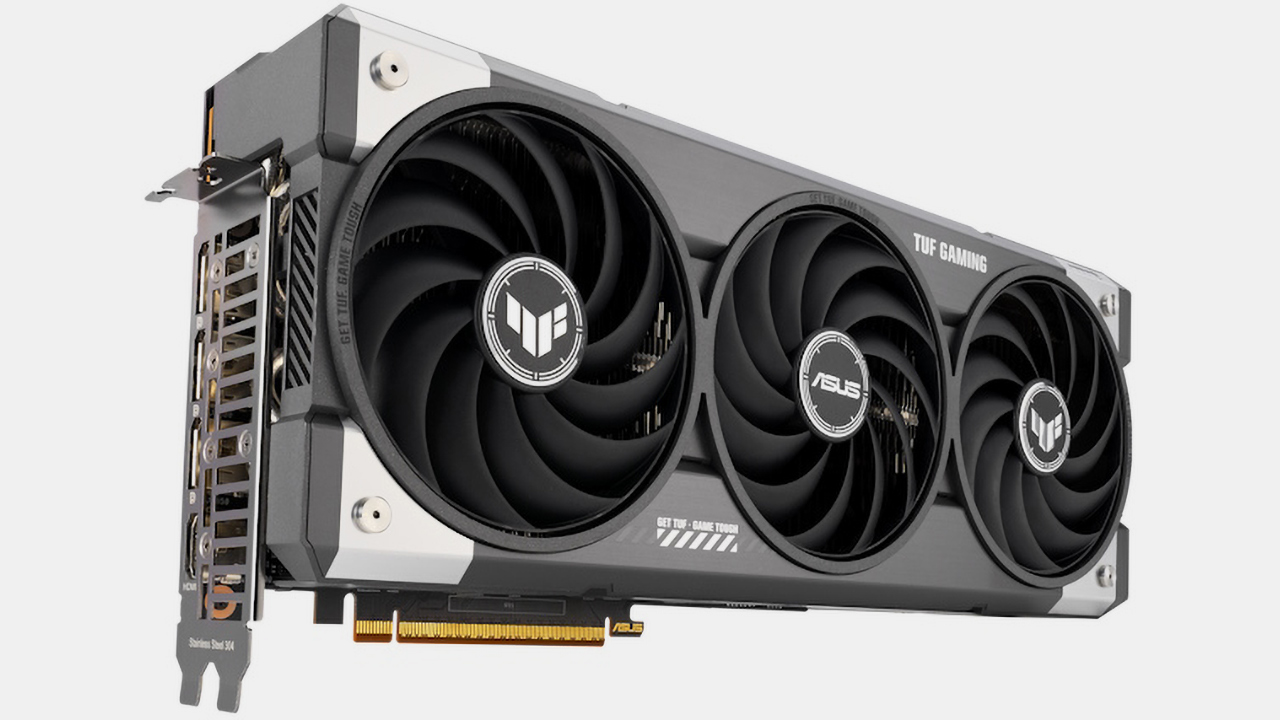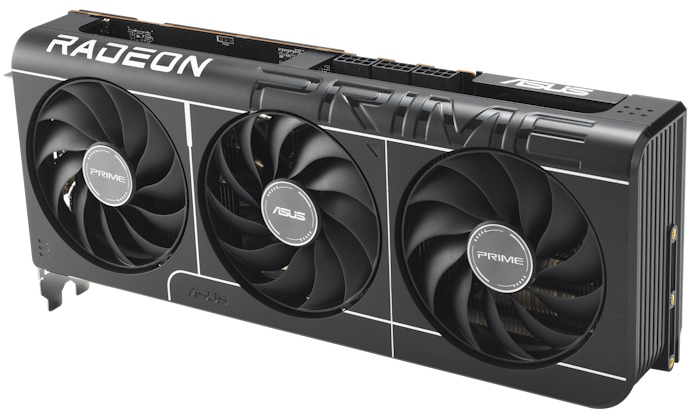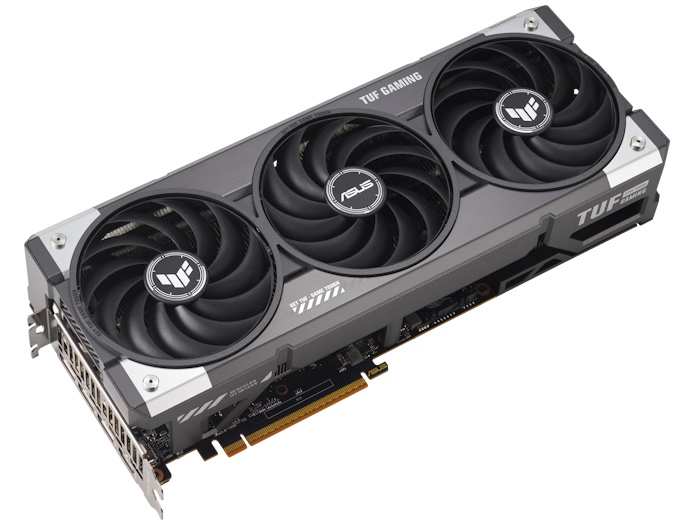
AMD's announcement of its first RDNA4-based Radeon RX 9070 and RX 9070 XT graphics cards was somewhat uninspiring as the company never mentioned these products at its CES 2025 event and did not reveal their actual specification in its announcement for press. But this did not stop Asus from announcing its TUF Gaming and Prime-series Radeon RX 9070 and RX 9070 XT graphics boards.
As AMD itself targets performance mainstream market segment with its Radeon RX 9070 and RX 9070 XT products, Asustek's first RDNA 4 graphics cards belong to its entry-level Prime and performance mainstream TUF Gaming line-ups. The list of products includes the Prime Radeon RX 9070 OC Edition, Prime Radeon RX 9070 XT OC Edition, TUF Gaming Radeon RX 9070 OC Edition, and TUF Gaming Radeon RX 9070 XT OC Edition.
As the names suggest, all graphics cards will come with factory-overclocked GPUs, though we can only wonder whether Asus will significantly increase clock speeds of graphics processors and perhaps memory. The Prime Prime Radeon RX 9070/9070 XT OC Edition cards will come with three eight-pin auxiliary PCIe power connectors that can deliver 450W of power to the GPU, so the card should probably have enough power to unlock the potential of the graphics processor, though it remains to be seen whether it will become one of the best graphics cards.

All graphics cards will feature a triple-fan cooling system and four display outputs (three DisplayPort 2.1 and one HDMI 2.1 output). The main difference between the boards is that TUF Gaming Radeon RX 9070-series products will feature a larger cooling system with a phase-change thermal pad, while the Prime Radeon RX 9070-series will come with a more compact 2.5-slot cooler. Also, the TUF Gaming Radeon RX 9070 boards have two physical BIOSes for high performance and quiet operations settings, as well as a physical switch to select the required BIOS.

Just like AMD itself, Asus does not disclose GPU specification or memory configuration of its TUF Gaming and Prime-series Radeon RX 9070 and RX 9070 XT graphics cards, so we have to wait for more information in the coming days.







